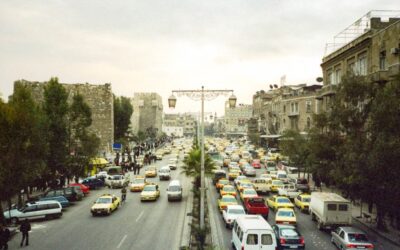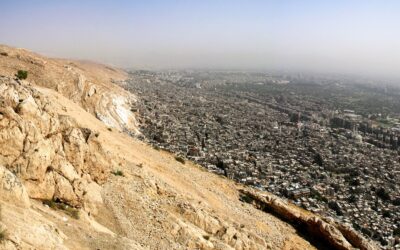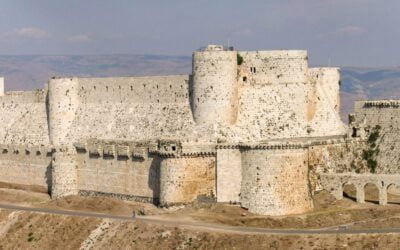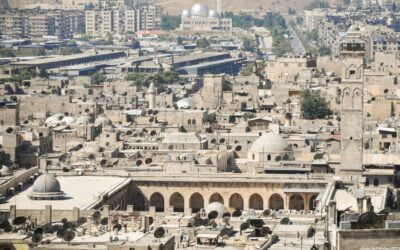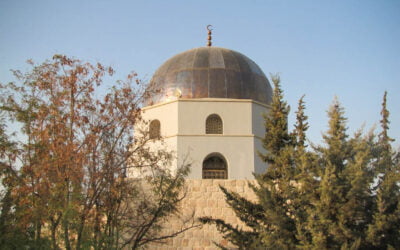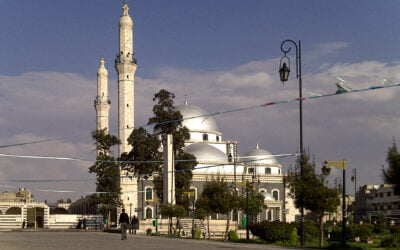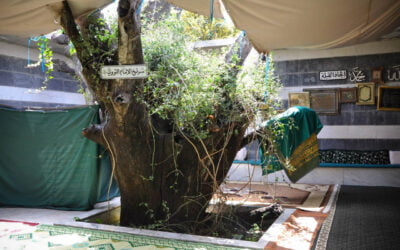HAMA’
-
Waterwheels
Hama is the fourth-largest city in Syria after Damascus, Aleppo and Hims. The city is renowned for its seventeen waterwheels known as ‘norias’ which were historically used to move water from the Orontes River through a series of aqueducts that fed farms all across the settlement.
They were first used here in 1100 BCE and continued to be used for centuries thereafter until the advent of modern irrigation systems.
Even though they fell out of use, the world’s largest waterwheels were left intact, aging into beautiful historic icons of the city’s agrarian past.
-
Great Musjid of Hama
Dating back to the 7th century, the Musjid was converted from a Byzantine church under Abu Ubaidah Bin al-Jarrah RA. That 6th century church had actually been converted from an even earlier Roman temple, which had been constructed in the 3rd century.
The northern entrance leads into a large courtyard, surrounded by vaulted porticos on three sides. The prayer hall is located to the south. The courtyard features an elevated treasury similar to that of the Umayyad Musjid as well as the tombs of two Ayyubid rulers of the city.
The Musjid has two minarets. The eastern minaret was constructed in the Seljuq period and is dated by inscription to 1153. On the northern end of the courtyard is a later minaret, constructed under Ibrahim al-Hashami in 1420 during the Mamluk period.

